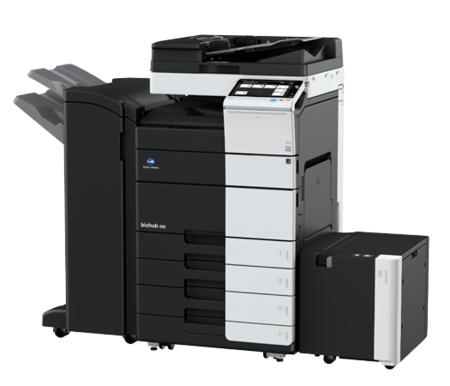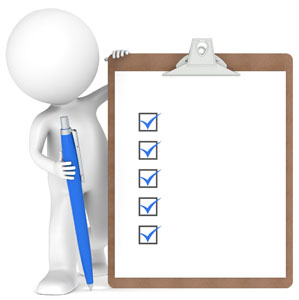Quality document workflow management systems serve a variety of efficiency purposes. Ranging from the preservation of documents and the ease of their accessibility to providing tracking and status, this time-saving system can be customized to almost any industry or business situation.
But to find the most cost-effective solution, and one that will grow in tandem with your organization's needs, some decisions need to be made up front. Without the right planning, you risk wasting time and money.
Figure out the problem you're trying to solve.
Having too much paper isn’t the only reason to implement document management. Common problems addressed by a document management system include:
- Lost documents
- Inability to locate information for customer service responses
- Extended lead-time required for compliance or security audits
- Rising staff costs related to paper-based workflows
- Difficulties tracking the status of and securing paper-based workflows
- Unable to quickly and affordably transfer paper between a remote office and corporate location
- Paper-based workflows are not environmentally-sustainable
Categorize your documents.
Gather details on the types of paper you're working with. Pay attention to how they're created, labeled, and filed, and what your needs are for retrieval and workflow. If you can easily categorize your documents into types, such as delivery slips or W2s, suppliers may be able to offer specific advice. A rough count of how many new documents you'll need to enter per day is also useful.
Don't overlook your existing electronic documents. You'll want to be able to incorporate your text files, PDFs, spreadsheets, and other important files into the document management system.
Create a workflow diagram.
A workflow diagram outlines the process and provides a visual representation that enables you to see documents as they move from point to point within your organization. It helps you identify any potential pitfalls in the process.
Another great feature is that a workflow diagram provides your software vendor a specific representation of the workflow you need, allowing them to deliver more accurate pricing and cut down on lead-time by removing some of the unforeseen issues and delays that tend to pop up without proper planning.
This isn't something you have to go out and buy. Almost any software tool can create a good diagram, including Microsoft Word, PowerPoint, or Visio. You can even grab a pencil and paper and sketch it out by hand.
Implement only one stage or department at a time.
While you may eventually want a comprehensive, company-wide system, document workflow management vendors strongly recommend you start by implementing a solution for a single application in one department. Not only will this prove more cost-effective, essentially allowing you to try out the software on a small scale, it also makes installation far less disruptive to your business operations.
Once a workflow solution has been implemented and is running smoothly, vendors indicate that it's common for a company to expand the system to multiple departments or processes months or years later. For example, a successful implementation in HR or accounts payable can serve as the launching point for larger, company-wide document management and workflow projects, eventually leading up to a paperless office.
Contact Tri-Copy to schedule a consultation to discuss your business needs for document management.




